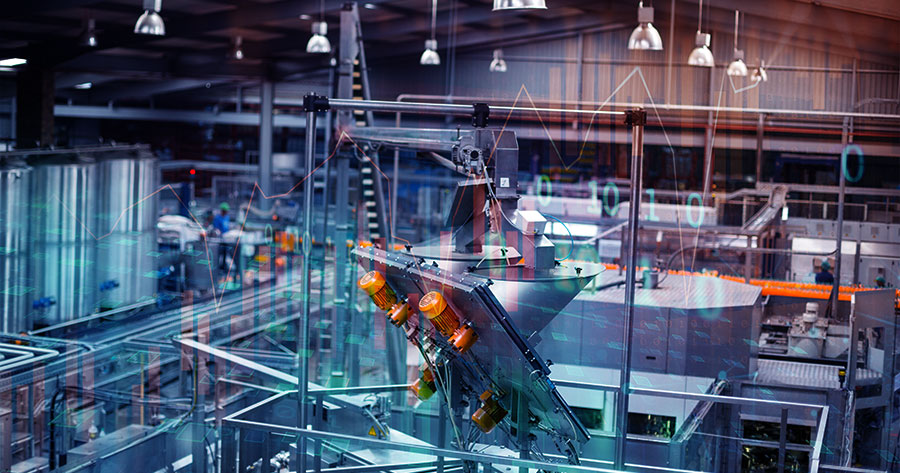Asian factory activity expanded in June, supported by the strong global economy and promising prospects for semiconductor output, even as concerns about soft Chinese demand lingered.
China’s Caixin/S&P Global manufacturing Purchasing Managers’ Index (PMI) increased to 51.8 in June, surpassing market expectations and marking the quickest growth in over three years.
This private survey contrasted with official data released showing a decline in China’s manufacturing activity for the second consecutive month in June and a downturn in services activity to a five-month low.
Despite weak domestic demand, Chinese firms intensified production, even as government rescue efforts for the struggling property sector failed to spur a turnaround.
In South Korea, factory activity accelerated in June, driven by a surge in new orders, reflecting the region’s alignment with robust global demand. Similar growth trends were observed in June in Vietnam and Taiwan, indicating a thriving industrial climate.
While Japan’s factory activity expanded in June, it did so at a slower rate than in May, with rising costs due to the weakened yen posing challenges. An index gauging Japanese firms’ future output expectations reached a six-month high, attributed to a more optimistic medium-term outlook for the automotive and semiconductor industries.
The International Monetary Fund (IMF) anticipates a gradual economic slowdown in Asia, emphasizing softened inflation as a facilitator for central banks to implement monetary easing measures to support growth. The IMF projects a deceleration in regional growth from 5% in 2023 to 4.5% in 2024 and 4.3% in 2025.





